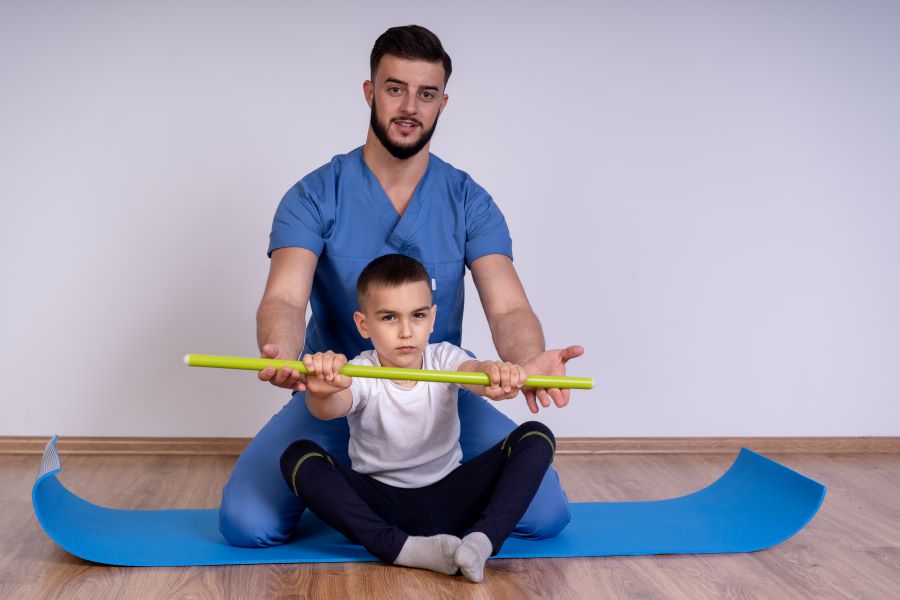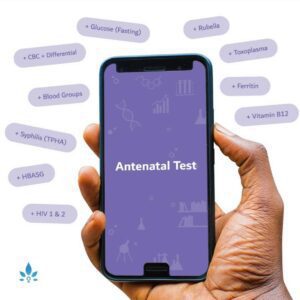How is Cerebral Palsy Treated?


Cerebral palsy (CP) is a disorder affecting a person’s ability to move and maintain balance and posture. Although CP has no cure, treatment should be focused on maximizing a child’s capabilities. In general, the sooner interventions are started, the more likely a child can adapt or overcome certain developmental disabilities. This is why early intervention services (i.e., First Steps) are so important. The hallmark of CP treatment is outpatient therapy: physical, occupational, and speech-language.
Physical therapy focuses on resistance and strength training exercises as well as other activities for maintaining or improving muscle strength, balance, and motor skills. Special braces called orthotic devices to help prevent contractures, which are permanent shortening of a muscle or joint.
Occupational therapy concentrates on optimizing upper body function, creating improvement in posture, assisting with mobility, and helping a child accomplish activities of daily living.
Speech-language therapy is used to improve a child’s speaking ability, feeding skills, and non-verbal communication through the use of sign language or other special devices such as activity boards or computer-based voice synthesizers.
Oral medications such as diazepam, baclofen, tizanidine, and dantrolene are often used to treat stiff, contracted, or overactive (spastic) muscles in children with CP. Spasticity can also be treated by injecting specific muscles with botulinum toxin (Botox®) or implanting an intrathecal pump, which delivers baclofen, a muscle relaxant, into the fluid surrounding the spinal cord.
Orthopedic surgery is an option when walking or moving around becomes difficult or painful. Muscle and tendon-lengthening surgery can help a child with CP to have greater mobility. When spasticity is severe or the child is having ongoing pain in spite of conservative treatment options, a selective dorsal rhizotomy may be considered. During this operation, a surgeon locates and selectively severs nerves that are overactivated at the base of the spinal column.
Other commonly associated conditions in CP and treatment options include:
- Constipation—Increased fiber intake is recommended. Stool softeners and laxatives may help.
- Epilepsy—Anti-convulsant drugs are prescribed based on the type(s) of seizure(s) an individual experiences.
- Drooling—Oral glycopyrrolate (Robinul®), a scopolamine patch (applied to the skin), or botulinum toxin injections can reduce the amount. Removal of the salivary glands can be performed in severe cases.
- Malnutrition—Gastrostomy feeding (through a tube inserted into the stomach) may be needed to provide enough calories if oral feeding is difficult or not possible.
Sources:
- Liptak GS, Murphy NA; Council on Children with Disabilities (2011)
- “Providing a Primary Care Medical Home for Children and Youth With Cerebral Palsy.” Pediatrics
- 128: e1321.
“Cerebral Palsy: Hope Through Research” - National Institute of Neurological Disorders and Stroke (U.S.)
- NIH Publication No
- 06-159
- July 2006.
Powered by Bundoo®













































